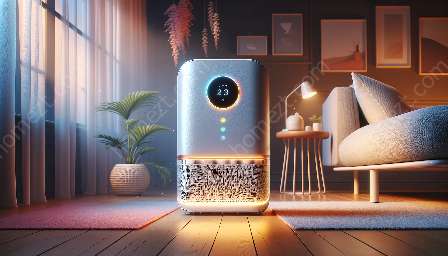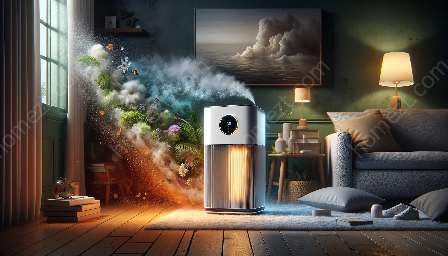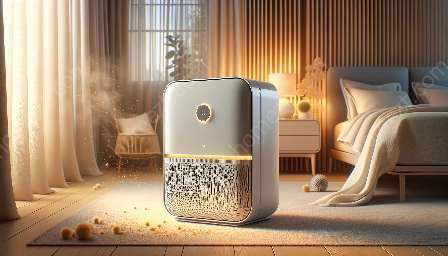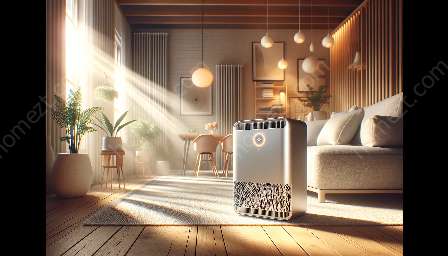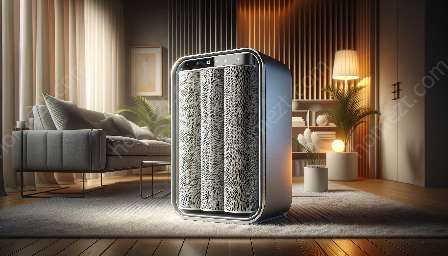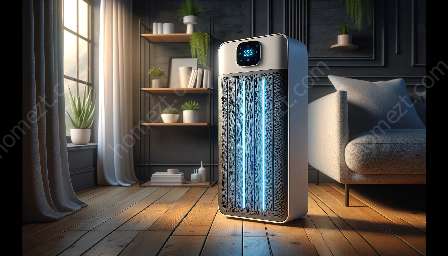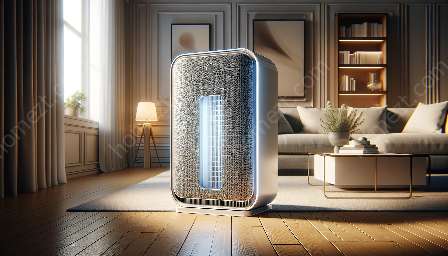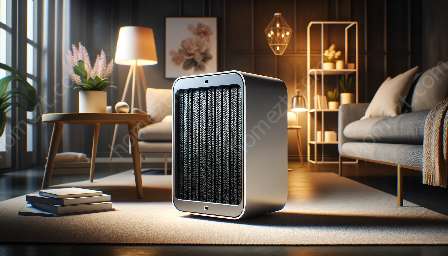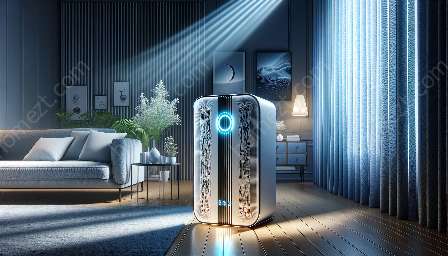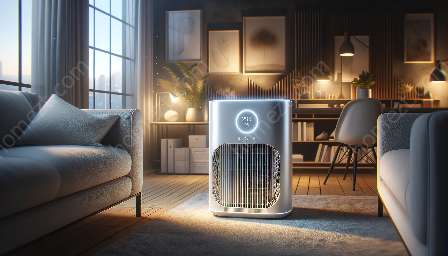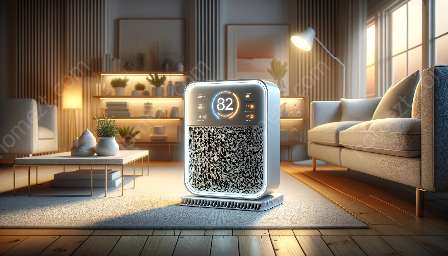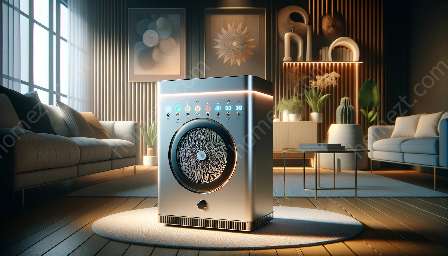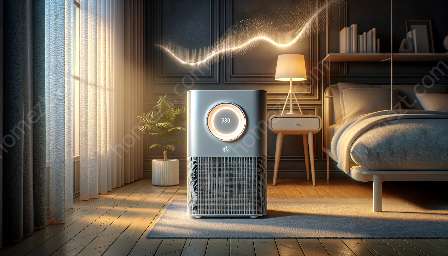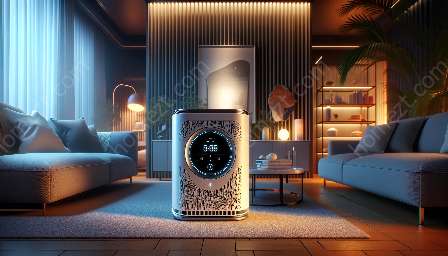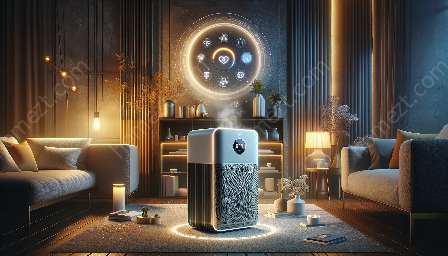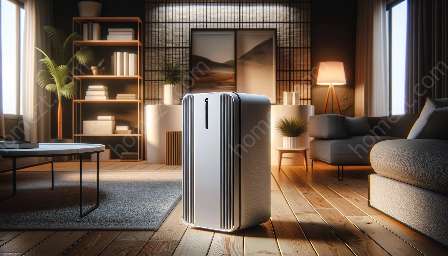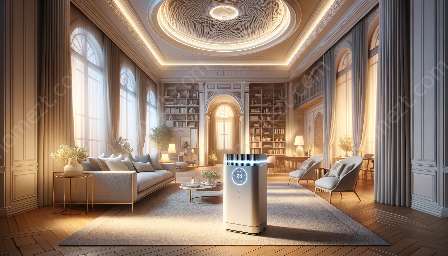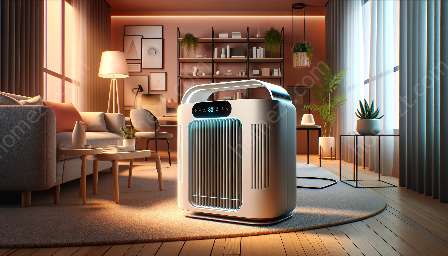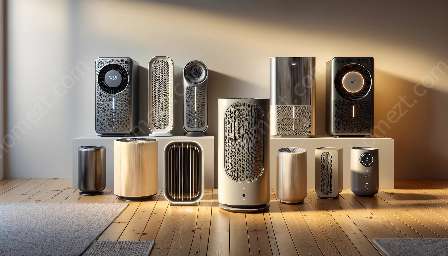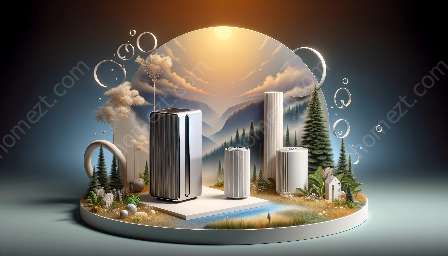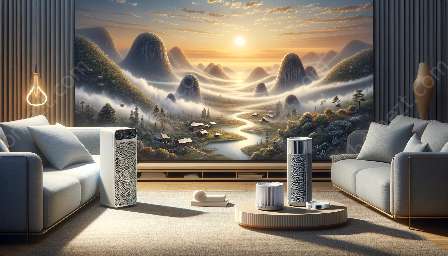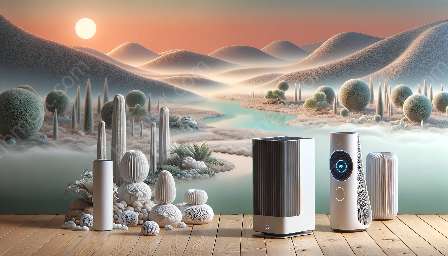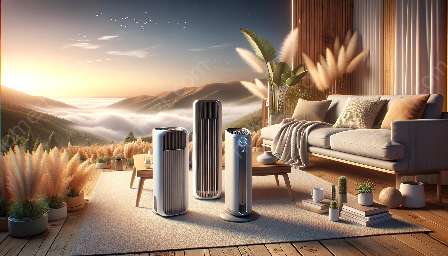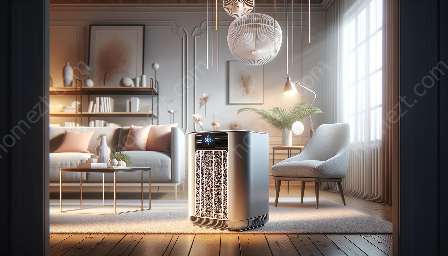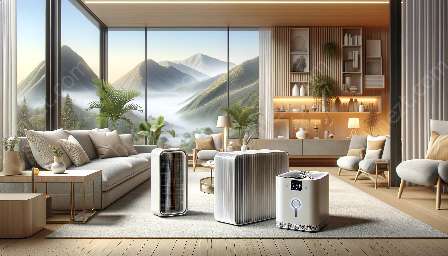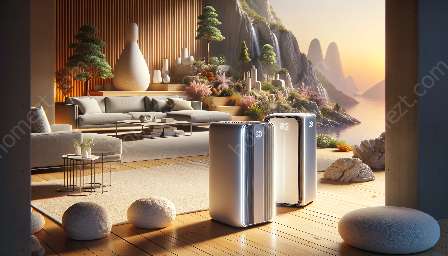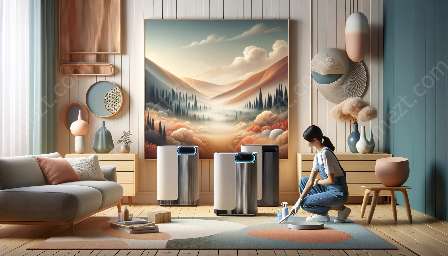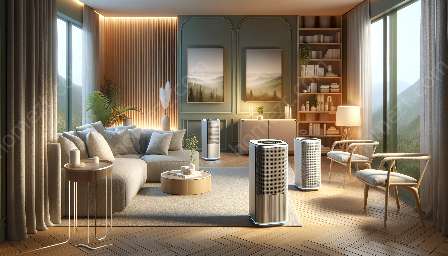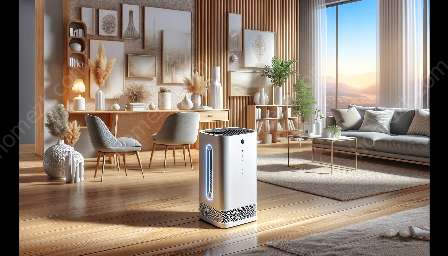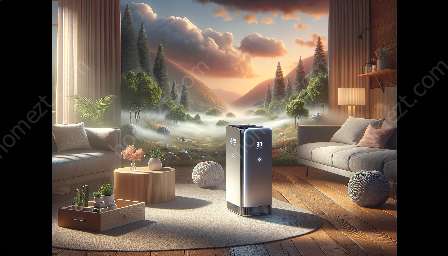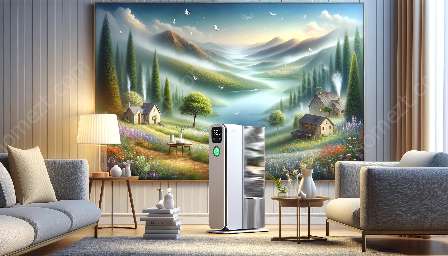In today's modern lifestyle, where people spend a significant amount of time indoors, the quality of indoor air has a profound impact on overall health and well-being. From the pollutants emitted by everyday home appliances to pet dander and dust, the air we breathe indoors can be filled with various contaminants.
Indoor air quality refers to the condition of the air within buildings and structures, especially as it relates to the health and comfort of the occupants. Poor indoor air quality can lead to a host of health issues, including respiratory problems, allergies, and even more severe conditions over time. Understanding the factors influencing indoor air quality and the role of air purifiers and home appliances is crucial for creating a healthy indoor environment.
The Impact of Indoor Air Quality on Health
Poor indoor air quality can have a significant impact on human health, as individuals spend a large portion of their time indoors. The presence of airborne contaminants such as dust, pollen, mold spores, pet dander, and volatile organic compounds (VOCs) can lead to respiratory issues, aggravated allergies, and other health problems. Inadequate ventilation and high humidity levels can also contribute to the growth of mold and bacteria, further deteriorating indoor air quality.
Long-term exposure to poor indoor air quality has been linked to serious health conditions such as asthma, chronic obstructive pulmonary disease (COPD), and cardiovascular diseases. Additionally, children, the elderly, and individuals with existing health conditions are particularly vulnerable to the effects of indoor air pollutants, making it essential to prioritize indoor air quality for overall well-being.
The Role of Air Purifiers
Air purifiers are devices designed to improve indoor air quality by removing contaminants and airborne particles from the air. These purifiers typically utilize filters, such as HEPA (High Efficiency Particulate Air) filters, activated carbon filters, and UV-C light technology, to capture and neutralize pollutants. HEPA filters, for example, are highly efficient in trapping microscopic particles like dust, pollen, and pet dander, while activated carbon filters can absorb odors and harmful gases.
By regularly circulating and purifying the air, air purifiers help reduce the concentration of pollutants, allergens, and other harmful substances in the indoor environment, thereby promoting cleaner and healthier air for occupants. Different types of air purifiers are available to address specific indoor air quality concerns, ranging from compact units for individual rooms to whole-house systems that integrate with existing HVAC systems.
Choosing the Right Air Purifier
When selecting an air purifier, it's essential to consider the specific indoor air quality issues present in a given space. Additionally, factors such as the size of the area, the type of pollutants to be addressed, and the noise level of the purifier should be taken into account. Some air purifiers also feature smart technology and air quality sensors that monitor and adjust purification levels based on real-time air quality data, providing enhanced functionality and convenience.
Home Appliances and Indoor Air Quality
Many common home appliances, such as stoves, ovens, and heaters, can release pollutants into the indoor air. For example, gas stoves produce nitrogen dioxide and carbon monoxide, which can compromise indoor air quality if not properly ventilated. Additionally, activities such as cooking and cleaning can generate airborne particles and VOCs, further impacting the overall air quality within a home.
Proper ventilation and maintenance of home appliances play a vital role in mitigating the impact of indoor air pollution from these sources. In some cases, specialized ventilation systems and range hoods with effective filtration can be installed to minimize the release of pollutants into the indoor environment, improving overall air quality.
Integrating Air Purifiers with Home Appliances
Integrating air purifiers with existing home appliances and HVAC systems can offer comprehensive solutions for maintaining optimal indoor air quality. By strategically placing air purifiers in areas with high pollutant levels and incorporating them into the overall ventilation and air circulation system, homeowners can effectively combat indoor air contaminants.
Smart home technology enables seamless integration of air purifiers with other home appliances, allowing for automated control and coordinated operation based on specific air quality parameters. This integration can lead to a synergistic effect, as air purifiers work in conjunction with home appliances to create a healthier and more comfortable indoor environment.
Conclusion
Given the significant impact of indoor air quality on health and well-being, as well as the potential sources of indoor air pollution from home appliances, the role of air purifiers in maintaining a healthy indoor environment cannot be overstated. By understanding the importance of indoor air quality and the ways in which air purifiers and home appliances can interact to create cleaner indoor air, individuals can take proactive steps to enhance their living spaces and promote better respiratory health.

